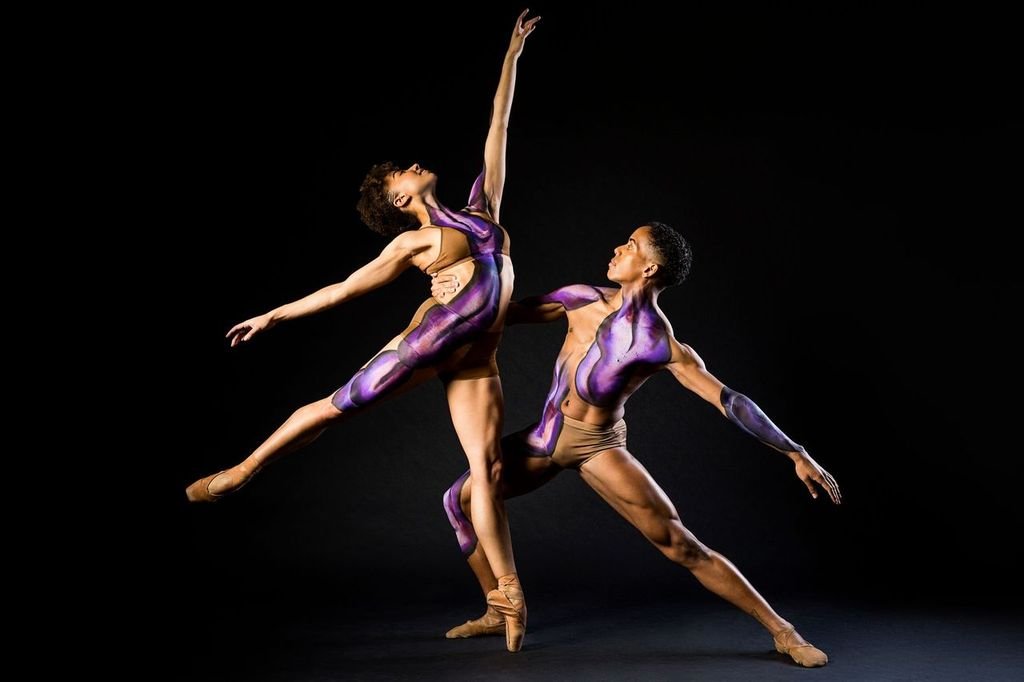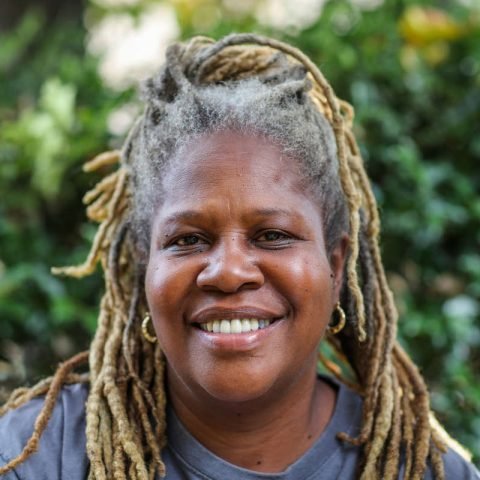The Impact of a Common Purpose
I‘m in the thick of planning Juneteenth 2024 at Carnegie Hall. One of the performance groups for that evening will be The Black Iris Project (BIP), led by choreographer Jeremy McQueen. BIP is an Emmy® award-winning ballet collaborative which creates new works that reflect Black narratives intertwined with themes of social justice and Black American history. Jeremy recently extended an invitation for me to see the excerpt they will perform for Juneteenth at a performance and discussion event at the New York Botanical Garden in the Bronx.
The excerpt for the Juneteenth program will be from Jeremy’s evening-length ballet “Blood in the Soil,” and is set to an original score by Alabama-rooted classical composer Brian R. Nabors. “Blood in the Soil” honors the rich history and legacy of Black & indigenous farmers and agriculturalists. This is what captivated me for the Juneteenth program.
As a work in progress, Jeremy joined his dancers on the stage and shared the context of the ballet. The story is a personal one yet reflects the historical experiences of so many during the time of the Great Migration.
Karen Washington, Rise & Root Farm and LaParis Phillips, Brooklyn Blooms
After the performances, Jeremy was joined on stage by Karen Washington, community gardener and activist, and LaParis Phillips, owner and Creative Director of Brooklyn Blooms. The panel was moderated by Chef Cliff Hunt.
What struck me about the discussion was that even though the panelists didn’t work together directly, it was evident that their work intersected. They were bound together through their deep reverence for the Earth and their connection to the soil. Washington is co-owner of Rise and Root Farm in Chester NY, and a long-time agricultural activist, creating gardens and feeding communities since the 1980s. Phillips, inspired by nature, strives to bring beauty to everyone through her floral arrangements. Jeremy’s ancestors were rooted deep in the soil of Alabama where several generations were farmers and stewards of the land. There was mutual respect and expressions of support to carry forward what they felt was vital for the sustainability of the earth and a community’s well-being.
An Ensemble Mindset as a spirited passion extended across fields for the greater good.
When I read a recent New York Times article about the return of improv, it was yet another demonstration of Ensemble Mindset in action. The article focused on the variety of clubs and groups that were bringing improv back to New York City. What stood out was the common purpose of creating a story, a narrative that develops through the contributions of the ensemble members. The author used words like playfulness, creativity, and bold choices to describe what he experienced as he visited several new improv clubs. What he observed as a common theme was the audience’s investment in how the narrative would build, more so than the joke itself. “The core of its appeal is the opportunity to see the start of the creative act, the birth of a new idea.”
An Ensemble Mindset that extends an invitation to be a part of a creative process.
Common purpose, values, and intention are the essence of our Jazz Leadership Project principle of Ensemble Mindset. We define this principle—our highest—as collaborative co-creation through collective intelligence. In jazz, it manifests as the flow and agility of making extraordinary music together.
Ensemble Mindset is a way of being that values the best that individuals and groups bring to a situation or challenge. The quality of relationships gives rise to collective behavior and practical results where all benefit.




